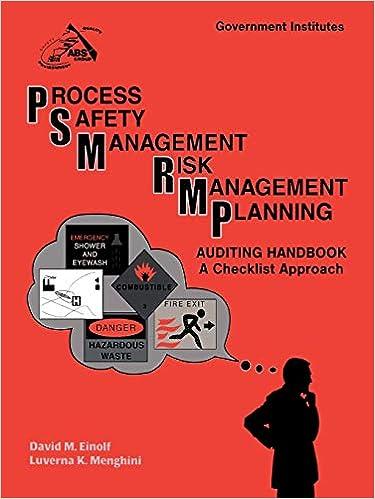Question
Should I purchase the robotic machine? Capital investment $700,000. Depreciated at $100,000 straightline for 7 years. Annual maintanence fee $200,000. Investment can produce 2 products
Should I purchase the robotic machine?
Capital investment $700,000. Depreciated at $100,000 straightline for 7 years.
Annual maintanence fee $200,000.
Investment can produce 2 products with Margins of $4500 and $5000.
First year will produce 18 X $5000; 30 X $5000, with an annual increase of 2%.
Current volume is 22 units per month.
Robotic surgery is not reimbursed at a higher rate than laparoscopic surgery for inpatient cases. For outpatient cases, commercial payors reimbursing as a percent of charges reimburse more because the charge for robotic surgery is higher. Robotic cases have longer OR case time and shorter lengths of stay. On average, the direct margin on outpatient cases is $2,000 more per case than an equivalent case performed laparoscopically. On average, the direct margin on inpatient cases is $500 less per case than an equivalent case performed laparoscopically. One provider group would like to use the new equipment to perform complex surgical cases. These cases will be inpatient. They estimate an additional 2-3 cases per month would be performed on the new equipment in year one. These cases would be new to the health system (the surgeons are currently performing the procedures at a competitors facility). The average direct margin for these cases performed laparoscopically is $5,000. The health system is hiring a new surgeon who specializes in outpatient surgery utilizing the robot. They estimate an additional 1-2 cases per month would be performed on the new equipment in year one. These cases would be new to the health system. The average direct margin for these cases performed laparoscopically is $3,000. Current volume averages 22 cases per month. The average length of each robotic case is 3.5 hours. The annual growth rate for robotic surgery is 2% per year. The Robot is located in a room that is scheduled based on Block time. One physician group has the room blocked on Mondays, Tuesday and Thursdays and a second physician group has the room blocked on Wednesday and Friday mornings. Currently, Friday afternoons are open for add-on cases from any provider group. Providers can perform any type of case in the OR during their block time and are not required to use the robot. The capital cost of the robot is $700,000 with an additional $200,000 annual maintenance fee (operating expense. Medical equipment is depreciated using straight-line depreciation over 7 years, the capital equipment will be expensed at a rate of $100,000 per year to the hospital.
Should the purchase be made?
Step by Step Solution
There are 3 Steps involved in it
Step: 1

Get Instant Access to Expert-Tailored Solutions
See step-by-step solutions with expert insights and AI powered tools for academic success
Step: 2

Step: 3

Ace Your Homework with AI
Get the answers you need in no time with our AI-driven, step-by-step assistance
Get Started


